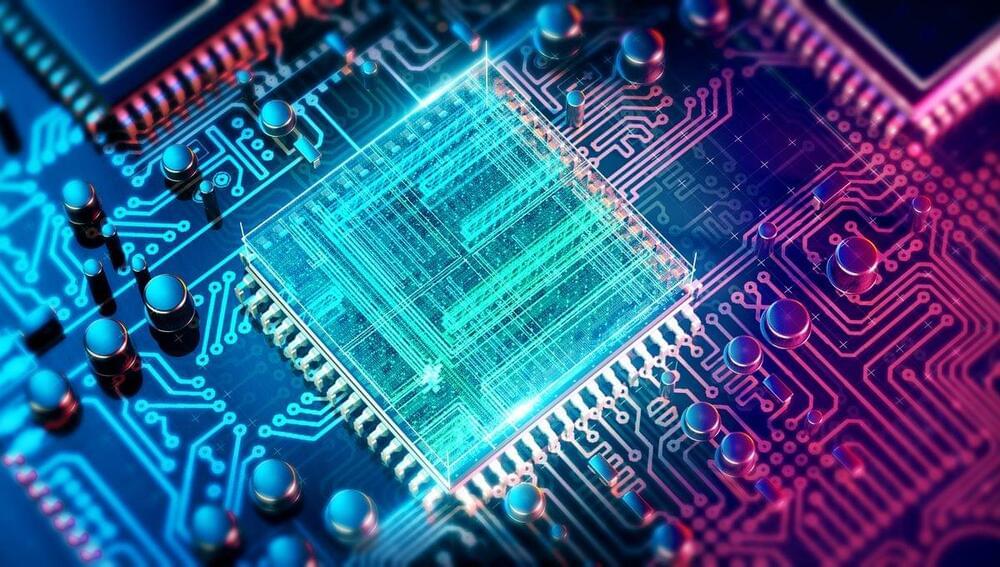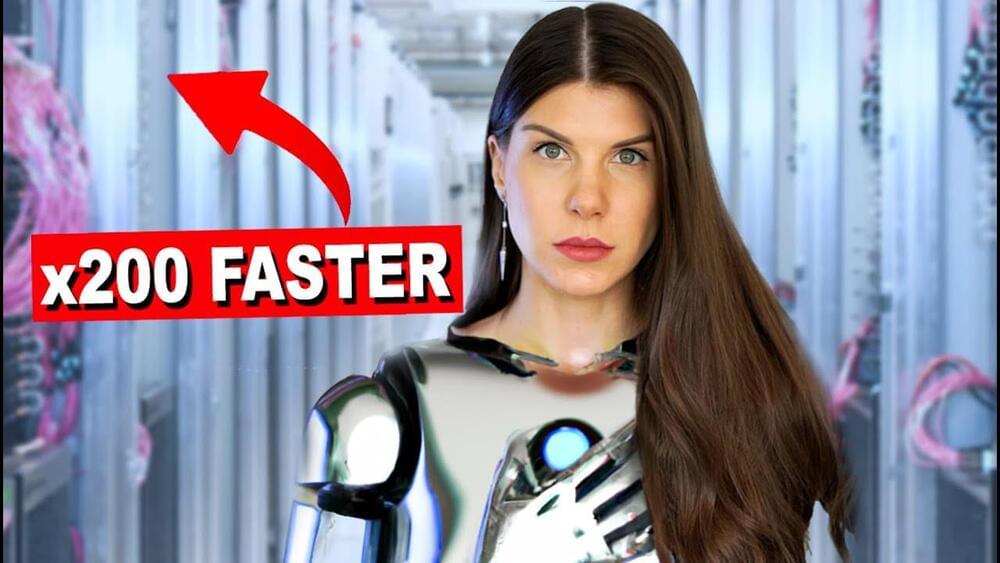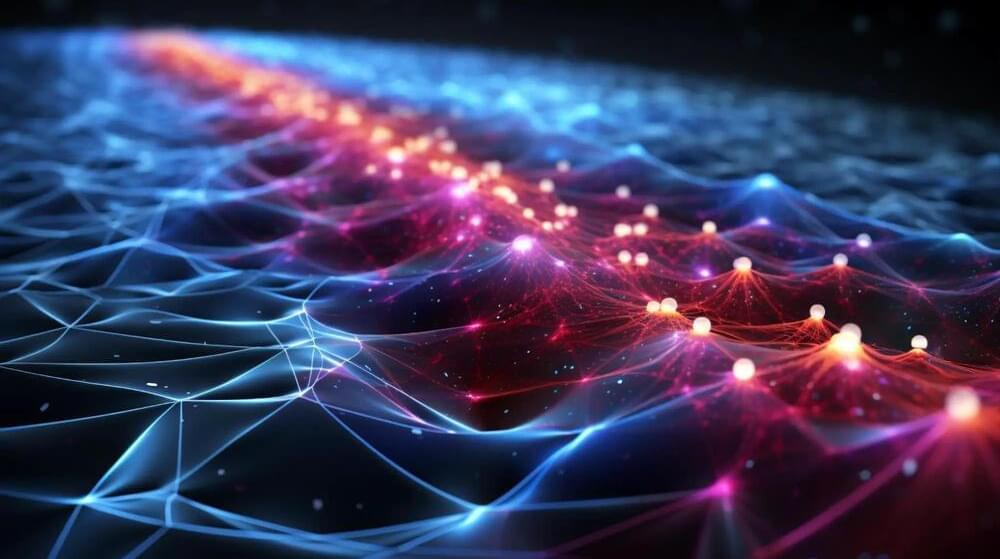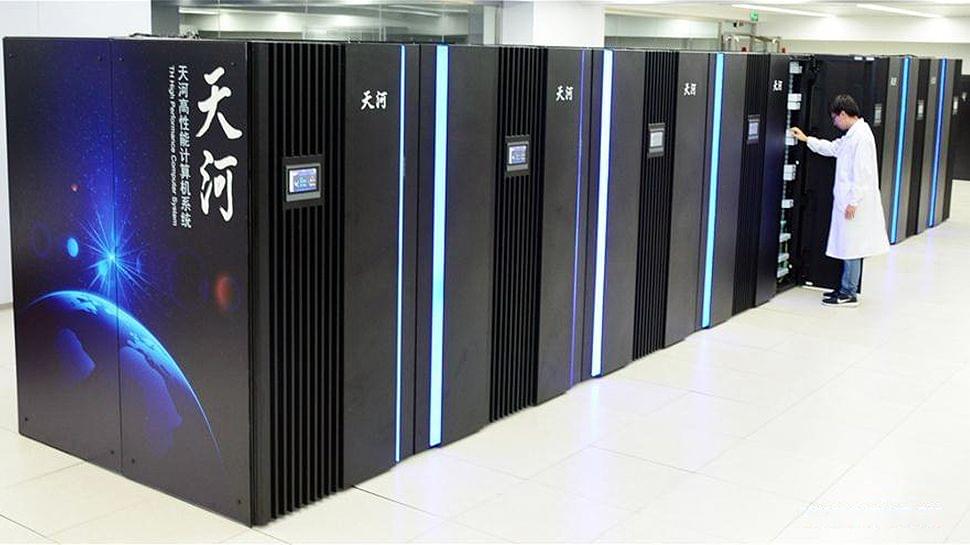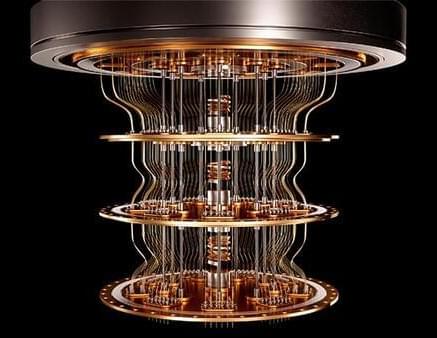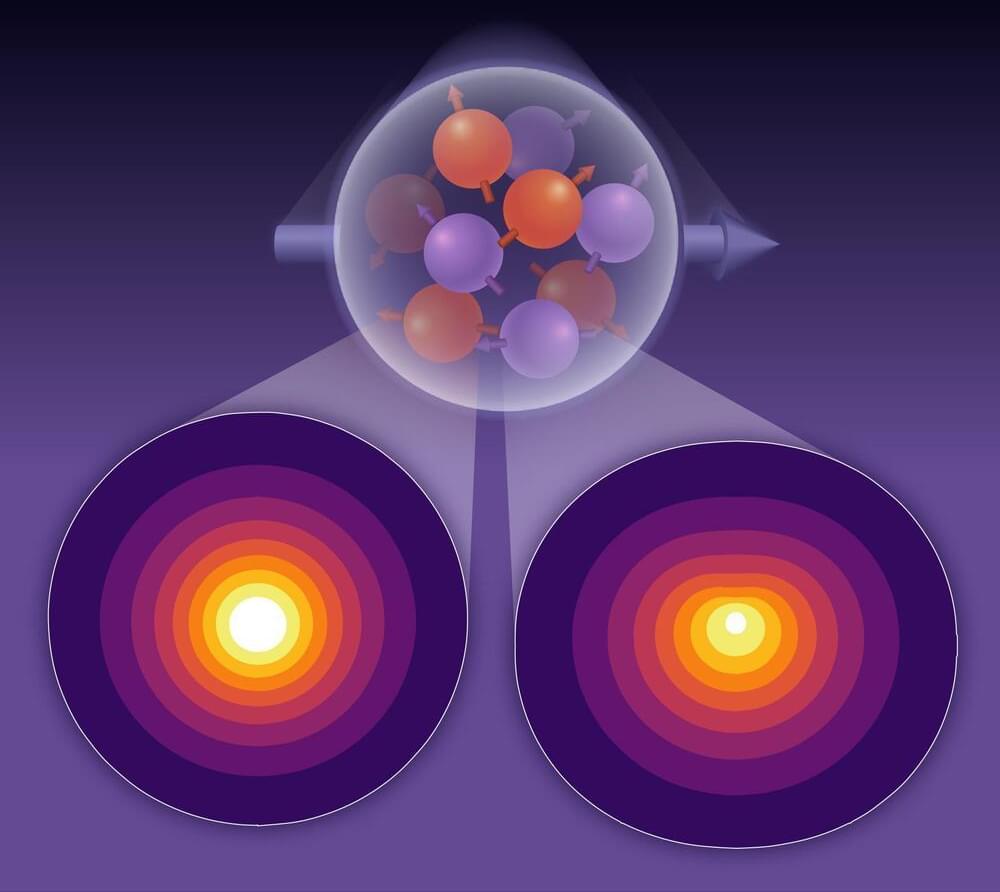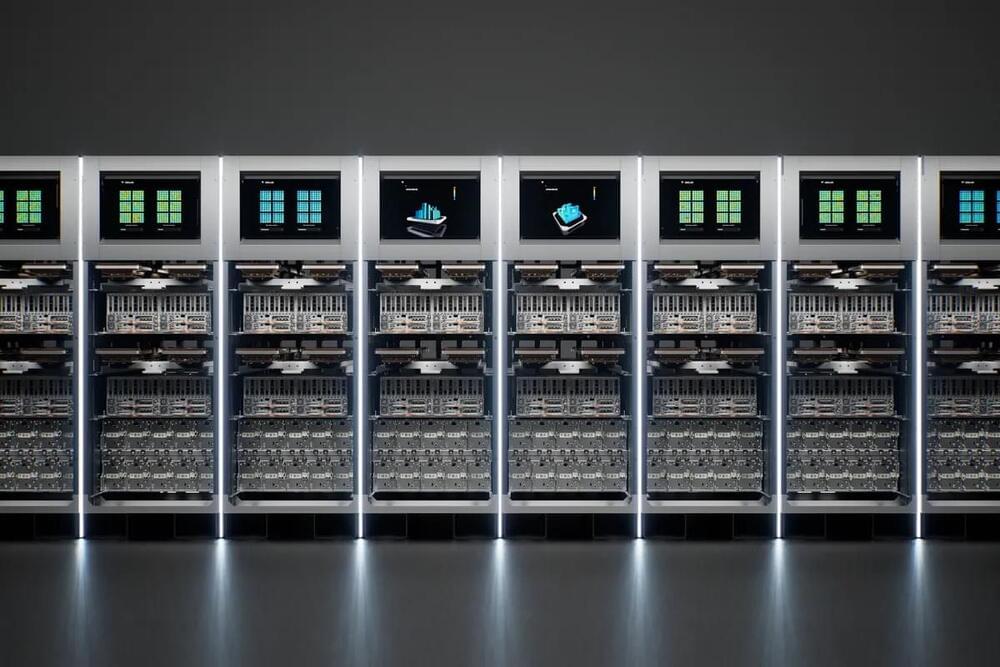Aug 17, 2023
How Will Quantum Computers Change The World?
Posted by Paul Battista in categories: quantum physics, supercomputing
Quantum computers are the next step in computation. These devices can harness the peculiarities of quantum mechanics to dramatically boost the power of computers. Not even the most powerful supercomputer can compete with this approach. But to deliver on that incredible potential, the road ahead remains long.
Still, in the last few years, big steps have been taken, with simple quantum processors coming online. New breakthroughs have shown solutions to the major challenges in the discipline. The road is still long, but now we can see several opportunities along the way. For The Big Questions, IFLScience’s podcast, we spoke to Professor Winfried Hensinger, Professor of Quantum Technology at the University of Sussex and the Chief Scientific Officer for Universal Quantum, about the impact these devices will have.
